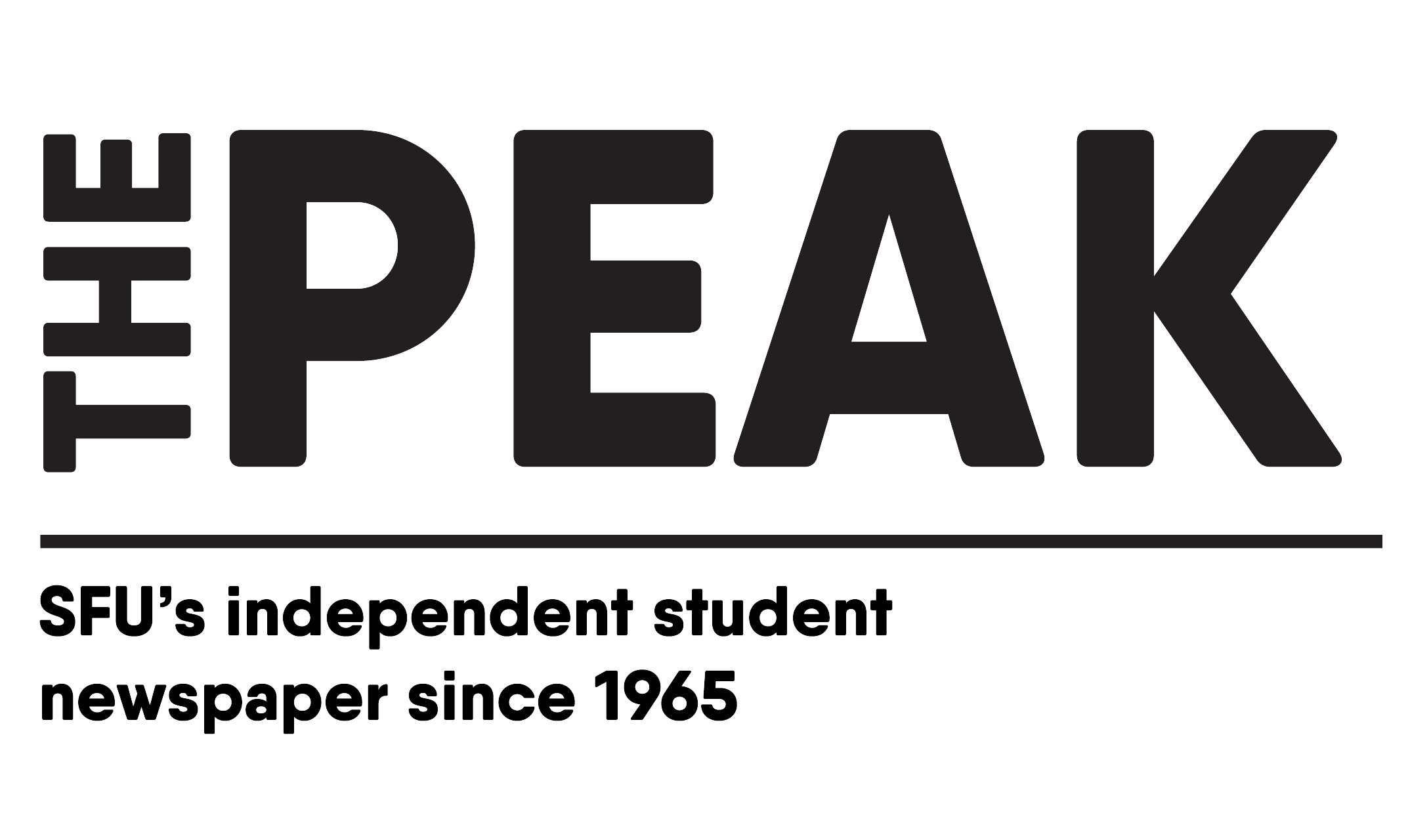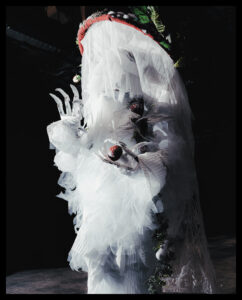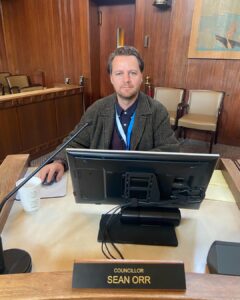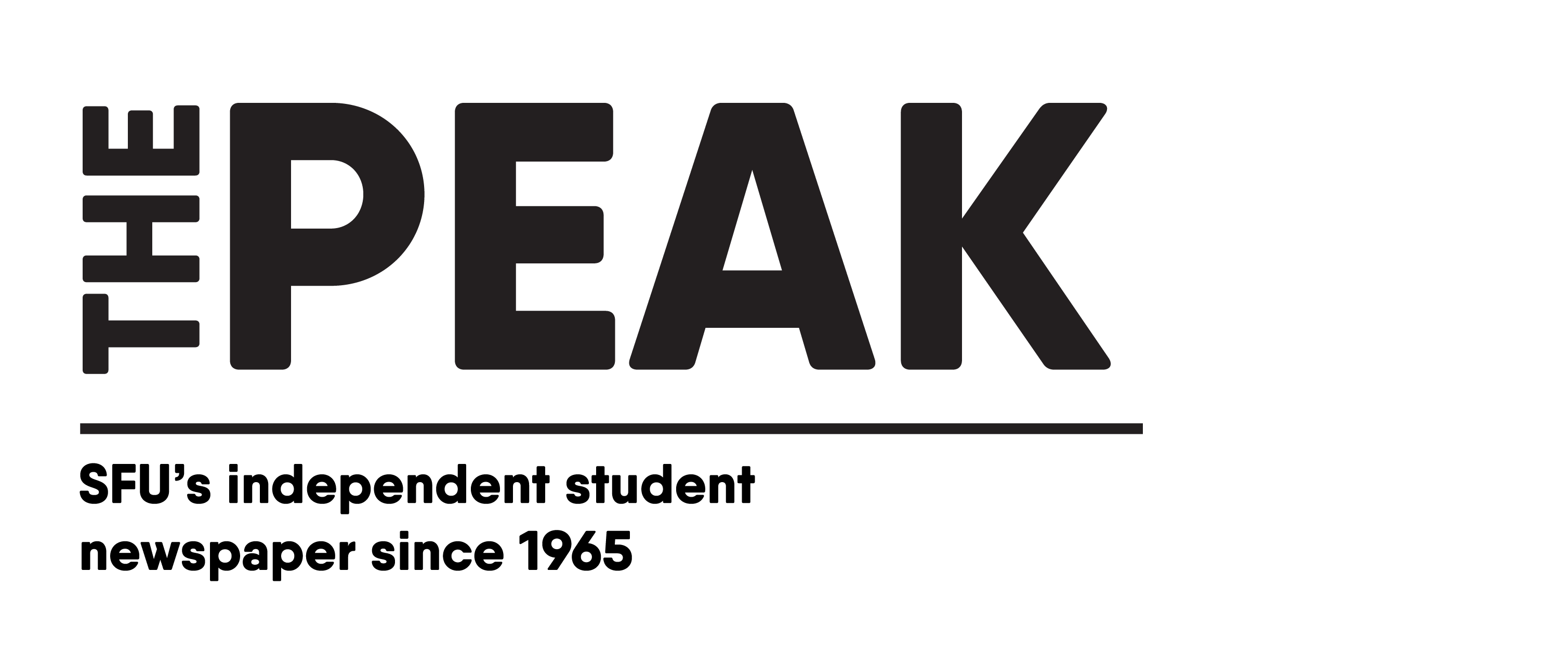By: Phone Min Thant, Staff Writer
In a stuffy boardroom on SFU’s Burnaby campus, our most esteemed president Joy Johnson listened to interns pitch new ideas about streamlining SFU’s budget. “Make governance easier and more convenient for SFU’s executives by simplifying budget initiatives onto a Catan map,” pitched a nervous intern. That evening, Dismantlers of SFU was born — an ironic opposite of Catan, as well as its exact copy.
But, how does the game work? Well, the same rules of Catan still apply: be the first to get 10 points to win, but, in this case, that constitutes taking 20 million dollars off SFU’s budget deficits. You can do this by building settlements and cities (dismantling departments and laying off employees) and constructing roads (collecting the money saved from all the budget cuts). It’s even simpler, actually — all the resources have been replaced with money while the six terrain tiles have been transformed into SFU equivalents: hills are now student support resources; forests have become faculties; mountains are community offices; pastures act as athletic services; and fields represent miscellaneous budget cuts. The desert — the unproductive, barren desert — is SFU itself (even Joy can’t take it away, yet). The knight card has been transformed into a “laid-off staff” list.
While originally there was no intention of having “the Robber” in SFU’s Catan, the top brass insisted that there be a substitute TSSU piece in its place. The job of the Robber — sorry, the TSSU — is to take away half of everyone’s money cards if the combined number of the rolled die is seven. President Johnson added that having the TSSU piece “adds realism” to the board game.
That evening, Johnson wasted no time trying it out with her team of execs. Die started rolling. Johnson began by placing her first settlement on the intersection between community offices, athletic services, and faculty. Everyone watched with joy as she reached out for three money cards — gone were the Vancity Office of Community Engagement, the football program, and a few lecturers. The next turn was Dilson Rassier, SFU’s provost and the guy in charge of SFU’s budget and academic affairs. A roll of the dice and boom, a settlement and a road squarely close to a faculty tile and miscellaneous budget cuts. “Let’s take away the English Language and Culture program and maybe replace the paper towels with hand dryers,” the provost said before sitting back down and pulling two money cards.
And so the rounds continued, with different executives dismantling different parts of SFU. With a few course rollbacks here, an arbitrarily fired social media team there, each player is making a good stride towards the 20 million goal, with over seven money cards each. Then, as stakes grew high, a desperate Johnson uncharacteristically fumbled. In her attempt to upgrade her settlements into penthouses, Johnson’s dice landed on a combined seven! Oops — the TSSU is demanding negotiations and striking against the hiring freeze!! After much grunting, delays, and veiled annoyance, everyone returns half of their money cards, disgruntled at not having enough funds to upgrade their parking spaces — sorry, roads — and improve their settlements. The rulebook reminded players that it’s not permissible to use money cards to hire external players in negotiations with the TSSU.
Now everyone began again in earnest. After all, they needed to recover the money. Johnson’s layoff list gets larger, adding two more money cards to her collection! The final stretch to the 20 million has begun. Other execs have started trading. Rassier began by bargaining his money card (from the closure of SFU’s Surrey Office of Community Engagement) in hopes of receiving two money cards from the current hiring freeze that other execs all seem to have. Then, by a stroke of luck, Johnson struck gold. After persuading the other players with promises of increased vehicle allowances, her final penthouse upgrade allowed her to extract one last resource from the community engagement tile. With the final money card — freshly extracted from the dismantling of SFU Woodward’s Cultural Programs — our beloved supreme president yelled “20 million” and claimed victory!
After the game, we were able to ask a few questions to some of the players. Johnson is hopeful to incorporate improvements to the game during her second term as SFU’s president, citing a lack of focus on athletic and student services tiles in this prototype version. The SFSS’ representatives hinted that the student society will also be making their own variant, seeing how easy it has been to use the board game to manage logistics. They hint that their version will include “a rave terrain,” but there is no further elaboration. Unfortunately, the interns who pitched the idea in the first place were laid off during the mid-game rush and were unable to provide statements.














